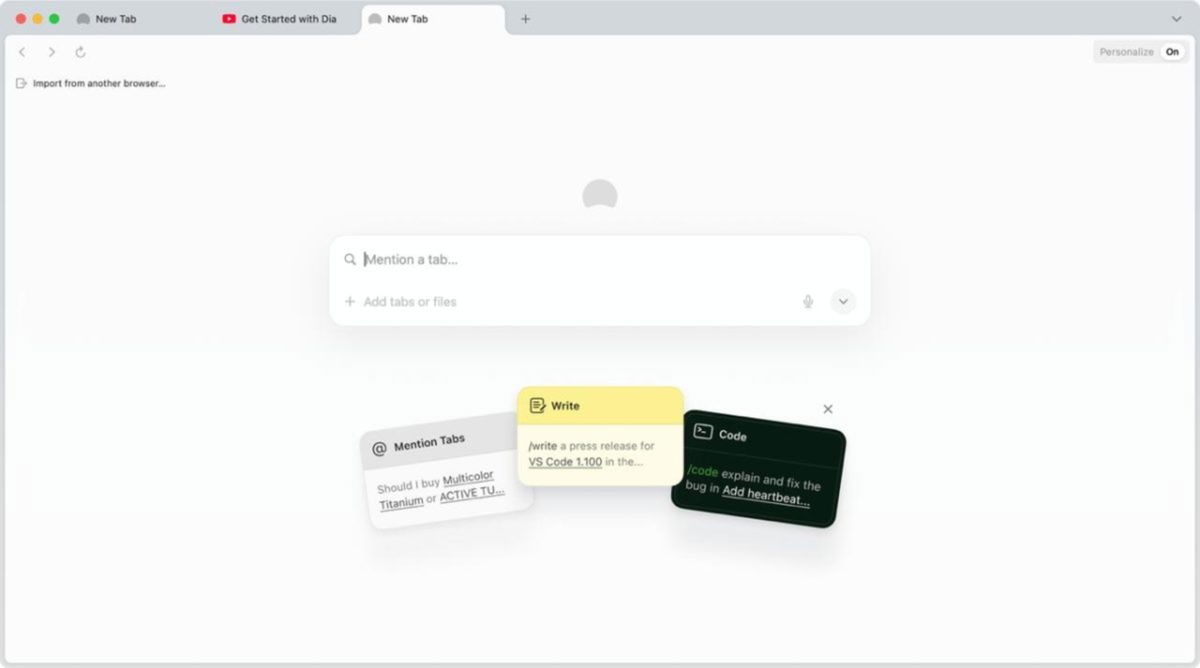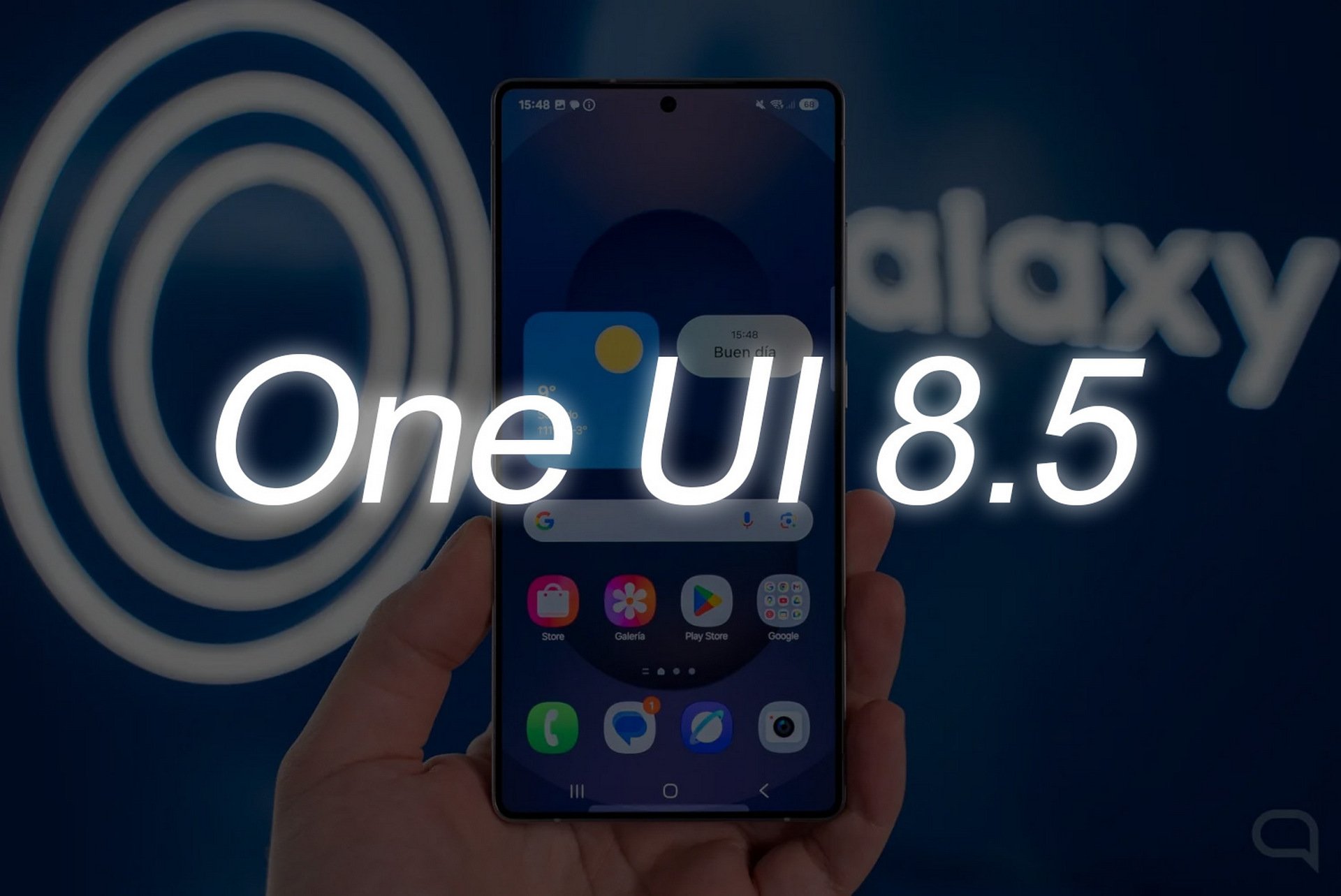I face the analysis of the new HomePods from absolute skepticism. As a reminder, this is a product that was discontinued in March 2021 and its original price has hardly changed. Which, apparently, did not have the sales success that Apple was counting on – unlike the HomePod Mini. After almost two years they are back. Same price in Europe, $50 cheaper in the US.
They’re back with news: a new screen at the top, new components for their speakers, new sensors, and a new S7 chip – the same as the Apple Watch Series 7. Are these changes enough for Apple to bring them back? Enough reason to justify upgrading or buying them if they have seemed expensive in the past for what they offered?
computer sound
When Apple released AirPods in December 2016, everyone was talking about their size and practicality. Finally, wireless headphones that work! But behind the surprise, Apple chose a path that changed the audio industry. It’s called computational audio, and it uses a chip like the ones we find in smartphones to constantly analyze audio and try to make it the best it can be.
It’s like a person constantly modifying the sound system’s EQ, adapting to each song, taking into account the environment the speakers are in, only the analysis is done thousands of times per second. Well, HomePods take the concept of computer audio to the next level because they are not limited by the tiny space of a headset.
That’s why when the original HomePods were released, we were so surprised by the quality of the speakers. And the number one reason why so many sound analysts are left with a face WTF huge. Now how do we analyze this? They said a lot. It is no longer just the quality of the equipment. Now we have to approach the product review with both things in mind. Sounds like it, yes, but also how Apple got it to take sound to another level with computational processes that analyze sound thousands of times a second. A mix of software and hardware, oh well.
Over the years, Apple has improved the efficiency of computing audio in its products. That’s why AirPods Pro 2 are – essentially – magical, and HomePod minis sound so good, even when they’re so small.
I think there is a gradual improvement coming with this new generation of HomePod. Apple points to changes in this regard. In the original, they mentioned “computational sound” for fine-tuning the sound in a room. The new ones mention that they include “advanced computing audio”.
The HomePod’s Computational Sound is responsible not only for improving the sound it emits, but also for adjusting it to suit the space it’s placed in. The technology detects the device’s surroundings—for example, if it’s against a wall or on a table—and adapts the music it hears in real time.
Plus, with precise audio direction control, you can choose how the sound is delivered to enhance certain elements of the song, whether it’s the vocals or the way the instruments are heard. It’s not the only smart speaker to offer this type of technology, but it’s true that real-time spatial adaptation at this level is not offered by anyone else.
Okay, but do second-gen HomePods sound better?
Mansana decided to avoid any mention of a direct improvement in the sound of the second generation of HomePods. What they did, for example, with the AirPods Pro 2, where yes, there were clearly a lot of positive changes.
In the case of the second generation HomePod, Apple has made some physical changes as it has become slightly smaller: 168 millimeters versus 172 millimeters for the original. Some internal components have also been changed. Of the seven tweeters We go to five. From six microphones to four.
Apple claims they have achieved more with less. From a practical standpoint, after a few days of using two second-generation HomePods in the living room, they sound just like their predecessors at best. Able to fill the physical space with music that surpasses most competitors in the same range – we’ll talk about the price later -.

HomePods the second generation, like the originals, supports Dolby Atmos as well as high quality sound. no loss. As I mentioned in my detailed AirPods Pro 2 review, I’m not necessarily a fan of spatial audio. I love technique, but I hate a lot of mixes that completely ruin the work.
I give you an example. An Apple loves do HomePods demos with version disabled and live from Hotel California of the Eagles, recorded in 1994 for MTV. Normal! Because it sounds absolutely spectacular. It seems that in front of you is Don Henley, singing less than a meter away, and that you are there, at a concert. The sound field of the live album is brutal. And it doesn’t mix in Dolby Atmos. He doesn’t even need it. (Thanks Ted Jensen, you are a genius.)
But if you listen to the same song from the Eagles’ 2020 live album called Live from the MMXVIII forum, with activated spatial sound, you want to die. The Atmos mix is an insult to the subject and the group.
So, there are songs and albums where the mix is so effective and well done that they sound amazing without active Atmos. And, of course, there are many cases where spatial sound adds value to the experience.
Some examples of topics without The Atmos mixes that sound absolutely spectacular that I tested this pair of second generation HomePods with:
- pagan poetry – Björk
- ordinary world – Duran Duran
- Angel dust – Mac Miller
- Strange Fish / Arpeggi –Radiohead
- dogs -Pink Floyd
- constant — Steven Wilson
- Hotel California (live on MTV 1994 remastered) – Eagles
And some With active spatial sound:
- Age of Unrest I – Arcade fire
- lime light -Hurry
- true Blue — Phoebe Bridgers
- That’s why –Paramore
- and here is the sun -Beatles
- Man of the people — Steven Wilson
- new day – Porcupine Tree
- Frozen (PNAU mix) – Elton John + Duo Lipa
- Take on Me (Remastered 2015) – A-ha
- neon rats – Moderate
I also recommend listening to the With Dolby Atmos and without Dolby Atmos from the album gossip by Fleetwood Mac This is a very good space mix. But the thing is, the original material has been described for decades as one of the best recorded/mastered albums in history. This is an absolute marvel in any high quality sound system.
So the answer to whether second generation HomePods sound better than the first is that it depends. I would argue that there are many cases where computational audio is more valued. But it should be noted that this is what you find when you do a direct comparison between generations.
When Apple discontinued the original HomePods, many of us called it a terrible move because they stopped selling a product that it really sounds really, really good. And it’s a new generation at least at the same height.
But the price!
Yes, price is everything, and I’m afraid there’s no good news here. HomePod is sold in Spain for 350 euros, which is the same price as the previous version. In the United States, it went from $350 to $300. In Mexico, the price rose from 6,799 pesos to 6,899 pesos.
Costs? Yes, although there is a but. I think for Really To take advantage of HomePod sound quality, you need two paired devices. One sounds good, no doubt. But with two, you’ll have amazing sound. So we go to 700 euros, 600 dollars or 13,800 Mexican pesos. It’s a big investment, yes. But if you want smart speakers and the best quality on the market, this is the one for you.

How smart are HomePods?
Exaggeration: I have six HomePods at home. Two HomePod Minis and four first generation HomePods. In general, wherever I am – yes, even in the bathroom – I can call Siri and ask her about dozens of things. I have a ton of smart accessories, from everything in my home lighting, HVAC, fans, security cameras to my TV and even my Sonos home audio system, all connected to HomeKit.
Automation, preconfigured environments, all with voice call capability thanks to HomePods scattered throughout the home. And the obvious benefit of being able to listen to music, podcasts, or even take phone calls anywhere thanks to these smart speakers.
Siri has limitations that we all know about. What frustrates me the most is that they ask for a song in English, and because they’re in Spanish, they don’t quite understand me. 2023 and still happening. This is absolutely incomprehensible.
And while there are useful features like Intercom, when you have children or live with a family, this is something I don’t use because I live alone. What is very positive is the new integration with Matter, which greatly expands the connectivity and interaction with other smart devices.
It also adds a new feature that comes in handy: temperature and humidity sensors. What you could previously integrate into your smart home with separate accessories is now on the device itself. This is very good for turning on automation, for example: if the house is more than 28 ° C, turn on the air conditioner.
For the owners of HomePod mini The good news is that through a software update, Apple has activated both sensors on the device.
Not everything can be perfect
homepodFor all its merits, it has some drawbacks. In fact, its biggest problems are inherited from its first generation predecessor. There is no way to connect wired devices, no way to interact with the speaker via Bluetooth. The latter comes in handy for use with Android devices.
HomePod is a speaker designed for people who already work in the Apple ecosystem. Without an iPhone in hand, I would say that it is quite difficult or almost impossible to use it. For example: It is not possible to set up the speaker from an Android device.
HomePods natively work with Apple Music. Any topic can be requested by voice, without the need to interact with the presenters from the device. There’s no way to get them to work with Spotify, but that’s not Apple’s fault.
Another hard-to-understand decision by Apple is that the second generation HomePod has a slower Wi-Fi connection than the first generation. The original had 802.11ac (Wi-Fi 5) with MIMO, while the new one had 802.11n (Wi-FI 4). does it matter? Probably not today. But maybe in the future, and we want these devices to continue to perform well in 10 to 15 years.

Best smart speakers for the price
For 300/350 euros/6900 Mexican pesos there are no better smart speakers. Sound quality, computer sound, Dolby Atmos support, and the ability to connect to other devices via Matter/HomeKit make it a great product.
For reference, its direct competitor, sonos fivecosts twice as much, it does not have Dolby Atmos support, although it works with both iOS and Android.
If you have an Apple TV, you can use HomePods as TV speakers, which is handy for listening to Dolby Atmos content. In fact, with HDMI ARC or eARC, you can make all sounds coming from your TV audible with HomePods. Keep in mind that don’t expect a truly immersive home theater experience. Two speakers won’t work the same as four or five.
Source: Hiper Textual
I’m Ben Stock, a highly experienced and passionate journalist with a career in the news industry spanning more than 10 years. I specialize in writing content for websites, including researching and interviewing sources to produce engaging articles. My current role is as an author at Gadget Onus, where I mainly cover the mobile section.













